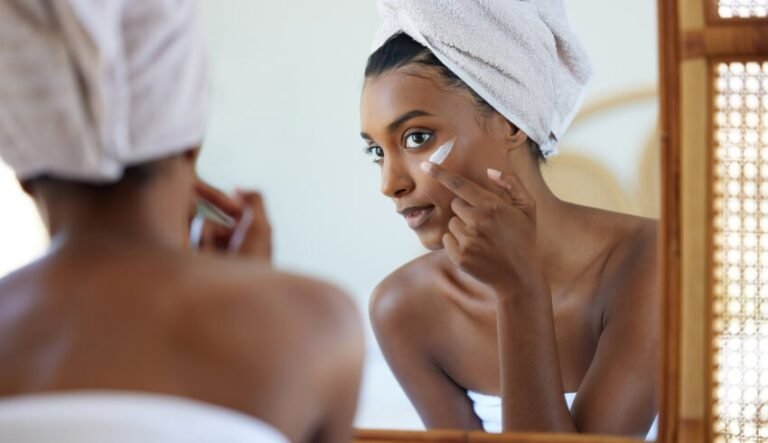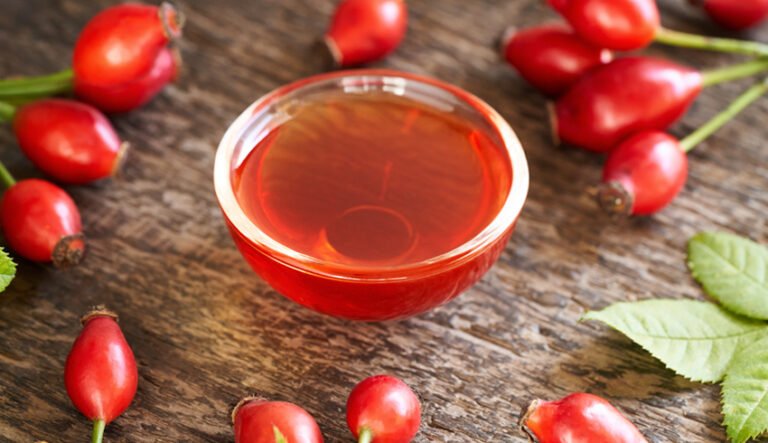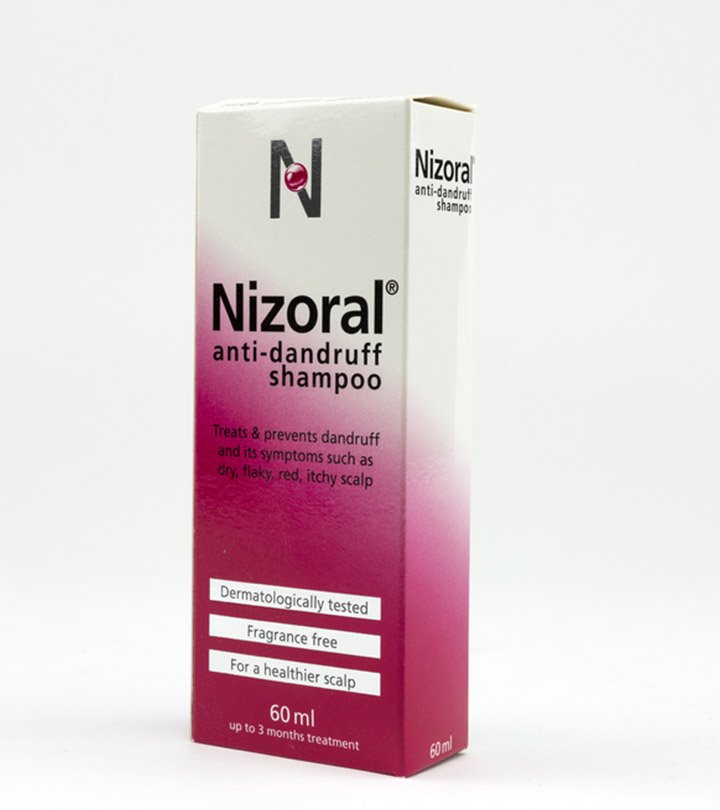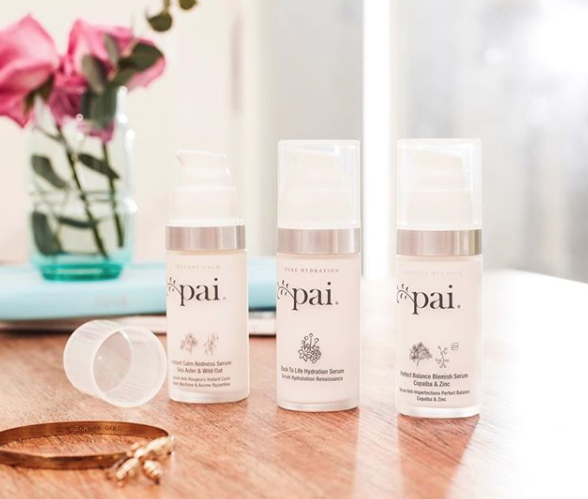Stress Sweat v Regular Sweat; Why it smells worse and how to manage it
Stress sweat v regular sweat explained including why it smells worse and what you can do to manage it. As a dermatologist and lifelong stress junky, this topic is important for anyone that lives a life of periodic or sustained stress and who wants to seem cool under fire. I’ll break down the science to give you tools to use that help relieve the tale tell signs your armpits give off when you’re working hard to shine.
What is stress sweat?
Stress sweat is excessive sweating caused by stimuli such as stress, anxiety and pain. Stress sweat is usually the worst in your armpits and on your palms, feet and face but it can involve all of your skin.
This type of nervous sweat is rapidly triggered by adrenalin, the hormone associated with fear and the ‘fight or flight’ response, that specifically triggers your apocrine body odor sweat glands. It is also triggered by the usual neurotransmitter responsible for your other sweat glands called your eccrine glands. Stress sweat can really smell – and that smell can be noticed by people around you.
What are the symptoms of stress sweat?
Sweat stains in your armpits accompanied by increased body odor, wet and cold sweaty palms, sweaty feet and wet sox, and sweat running down your back and face can all indicate your sweat glands are being stimulated by stress, anxiety and/or pain.
To really understand and control stress sweat, it is helpful to know something about your different types of sweat glands and how their secretions are different when they are stimulated by stress.
How is “stress sweat” different from regular sweat?
Understanding why your skin makes regular sweat helps you understand how stress sweat differs so that you can control it.
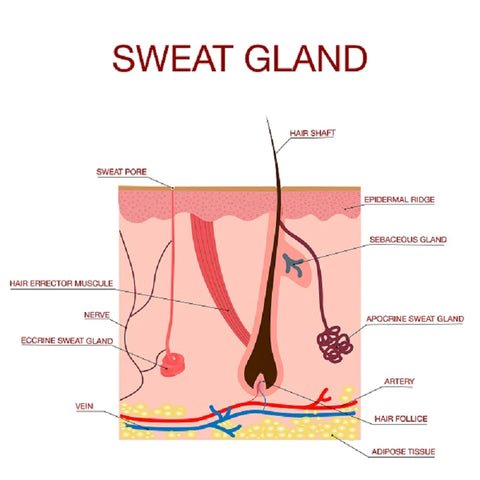
Your skin has 3 different types of sweat glands.
They differ in the type of secretions that they make, where they are located on your skin and by the types of conditions that cause them to secrete sweat onto your skin.
1. Eccrine sweat glands
These are your main sweat glands. They are the most numerous sweat glands that your skin has and they cover almost all of the skin on your body.
FAQ: You have the highest density of eccrine sweat glands on your palms and soles.
Eccrine sweat glands secrete a salty water secretion directly onto your skin’s surface. This is the perspiration that you know as sweat – dripping off of your brow, down your back and causing sweaty palms.
The main function of eccrine sweat glands is to help prevent your body from overheating; when hot, the salty water covers your skin and evaporates to cool your body.
The main signal leading to secretion of your eccrine glands is heat. That said, eccrine glands also respond to emotional stress signals. You undoubtedly have experienced this as sweaty palms when you are nervous.
You are born with your full complement of eccrine sweat glands but they don’t start working to create sweat until you are about 2 to 3 years old. As you grow into adulthood, your eccrine sweat glands gradually spread out as your skin stretches with growth.
2. Apocrine sweat glands
These really important sweat glands are your body odor glands. They differ from eccrine sweat glands in very important – and smelly ways. You probably already know where on your skin these body odor glands are present!
Human Apocrine body odor sweat glands are located:
- in your armpits (axilla),
- on your breast,
- on your face and scalp, and
- in your groin.
Apocrine glands open into hair follicles instead of directly onto the skin.
FAQ: Men have larger and more active apocrine glands than women.
Body odor apocrine sweat glands don’t start secreting until puberty. Their secretion is a lipid-rich (oily) thick material that contains protein, sugars and ammonia. Oily secretions require stronger soaps and cleansers to remove than non-oily secretions.
What is the function of human apocrine glands?
Apocrine gland sweat secretions are important ‘chemosignaling’ secretions. Yes, humans can perceive the nuances of apocrine secretions which means that apocrine glands are our version of scent glands.
What causes the body odor smell of apocrine gland sweat?
Bacteria on the skin breakdown the lipid rich apocrine secretions enzymatically to create body odor. This is especially true with the apocrine secretions of the armpits. It is your apocrine glands that are primarily responsible for producing ‘stress sweat’ (also known as ‘fear sweat’). Thus, stress sweat is an oily secretion that is enzymatically broken down by skin bacteria and mostly comes from your armpits.
How do apocrine glands produce stress sweat?

Apocrine glands are stimulated by adrenalin that your body produces when under stress such as when you are preparing to give a speech.
FAQ:
-
Stress sweat is produced rapidly when your stressed and your body releases adrenalin, and
-
the greater the stress, the greater the stress sweat.
This means that there is a dose response relationship between stress intensity and stress sweat intensity! Interestingly, there is no evidence that cortisone, the main hormonal result of longer-term stress, stimulates apocrine sweat glands. Stress sweat is the result of immediate stress and the greater the stress that you are under, the greater the stress sweat that your armpits will make.
Scientific study has also proven that other humans can perceive stress (aka fear) sweat. Even more astounding is that when a person perceives someone else’s stress sweat, they feel stress! Said scientifically, ‘stress sweat perception can elicit similar markers of emotional mimicry in the recipient such as facial expressions associated with fear and stress’. You can see how this would be helpful if you were being chased by a bear and other people around you needed every warning possible so that they could run away quickly. That said, it’s not so helpful when you are giving a speech!
We truly are connected as humans and our sweat is an important chemosignal connecting us – for better or worse. Stress sweat is as interesting as it is annoying. Dermatologist Dr. Cynthia Bailey
FAQ: Stress sweat is not easy to hide or mask with fragrance.
Nope, no amount of scented deodorant or cologne will cover it up. Preventing stress sweat requires a more scientific approach than a visit to the fragrance counter of your favorite department store. Yes, you can train yourself to control other indicators of stress such as your facial expressions, but stress body odor requires more calculated control in advance.
Before turning to the important topic of how to control stress sweat, I want to finish the overview of your 3 types of sweat glands.
3. Apoeccrine sweat glands
This third type of sweat gland is relatively newly discovered (in 1987) and poorly understood. The apoeccrine sweat glands appear to be most similar to the eccrine gland, producing a salt water secretion that empties into the hair follicles of your armpit. Apoeccrine sweat glands develop on your skin when you are about 8 to 14 years of age (aka puberty!) and eventually represent as much as 45% of your armpit sweat glands. Unfortunately, their role in fear sweat is as of yet unstudied.
Why does “stress sweat” smell worse than regular sweat?

We know that stress sweat is more copious than baseline sweat and involves a combination of apocrine and eccrine sweat.
- Adrenalin stimulates apocrine glands to secrete their complex and thick secretions which are acted on by skin bacterial enzymes.
- The simultaneous emotional stimulation of eccrine and apocrine sweat bathe the axilla in salty water mixed with body odor apocrine secretion.
The sum total is drenched armpits abundant and chemosignaling information that’s hard to mask.
Why does stress sweat happen?
Adrenalin signals the apocrine glands to secrete. This psychologic sweating happens due to stress, anxiety and pain. The sweat happens over the entire body but mostly on the palms, soles, face and armpits – the epicenter of stress sweat body odor. The adrenalin of stress causes increase in the salt-water secretion of eccrine glands, though these glands are more responsive the thermoregulatory signals of excess body heat.
How to manage and cope with stress sweat
A combination of lifestyle changes and targeted products will help control and reduce both the moisture and the body odor of nervous sweat.
Are there deodorant ingredients that are better suited for stress sweat than activity sweat?
Body odor is produced when skin bacteria break down apocrine secretions. The best products for controlling body odor focuses on reducing the bacterial breakdown of apocrine secretions.
Controlling the bacterial breakdown of stress sweat will reduce body odor
Your armpits have a lot of bacteria on the skin. Staphylococcus is the predominant bacteria on axillary skin though Corynebacterium makes up about 20% of the axillary microbiome and plays a big role in body odor.
Body odor creating Corynebacterium live both on your armpit skin and on the hairs of your armpits. The number of bacteria increase if you don’t bathe regularly and when the skin pH increases from the normal level of around 5.5. Both of these conditions are correlated with an increase in body odor. You can use this information to your advantage for controlling body odor:
1. Maintaining the normal acid skin pH will help control body odor.
Both of these options can be irritating to sensitive skin so you need to be careful. They will also sting and irritate freshly shaved skin. Be certain that they don’t sting if you apply them after shaving.

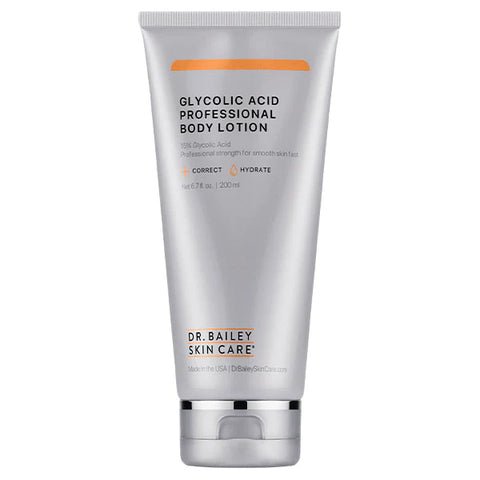
2. Bathing regularly will wash away bacterial buildup to help reduce body odor. Using a skin cleanser that controls bacteria will further reduce overall bacterial numbers.
Simply bathing and rinsing skin dry will help to reduce bacteria that breakdown apocrine secretions which create stress sweat and body odor. Using a pH balanced skin cleanser that targets bacteria will go one step further.
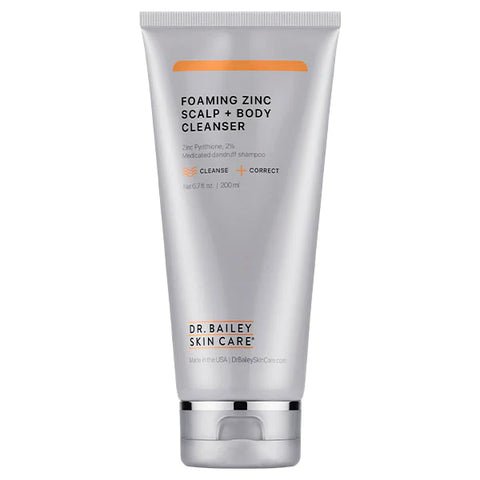
I recommend a full medicated 2% pyrithione zinc cleanser such as Foaming Zinc Cleanser to reduce skin microbe population. This non-antibiotic ingredient reduces all microbes and does not produce resistant germs. I’ve used this cleanser for years to help control body odor. I also use it to help prevent intertrigo, a red rash that happens in skin folds, and belly button infections.
Foaming Zinc Cleanser also works for other conditions associated with body odor such as seborrheic dermatitis and makes an excellent dandruff shampoo and fungal acne remedy.
I recommending using a Salux Exfoliating Shower Cloth to lather Foaming Zinc onto your skin.
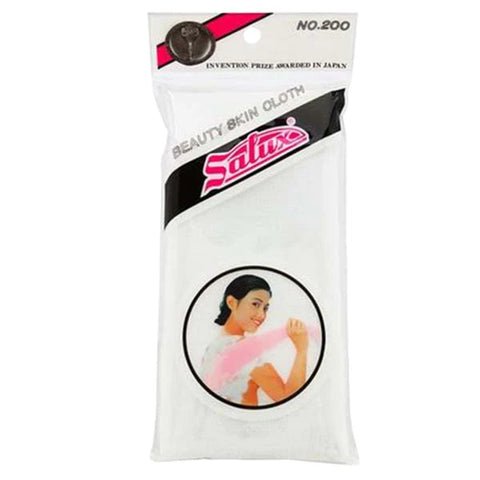
This simple step helps to vigorously cleans armpit hair and gently exfoliate excess skin scale to increase the effectiveness of this simple hygiene step that reduces body odor.
3. Shaving or trimming armpit hair will reduce armpit bacteria and body odor
Body odor bacteria called Corynebacterium especially love to live along hair in the armpits, occasionally causing yellow concretions as they buildup. The simple habit of shaving or trimming hairs will help reduce this body odor bacteria. Combined with soap washing (ideally with pyrithione zinc), shaving or trimming hair has been proven to reduce body odor significantly.
4. Antiperspirants (not deodorants) plug eccrine sweat ducts to reduce the abundance of salty sweat
The active ingredient in an antiperspirant are aluminum salts that create a temporary plug in the eccrine sweat duct opening. Remember that these eccrine ducts open directly to the skin surface. Apocrine ducts open into hair follicles. Aluminum salts have been used in antiperspirants since 1903 and products come in a range of concentrations. You can find the concentration listed on the back of an antiperspirant products. Stronger concentrations work better. Look for ingredients such as aluminum chloride, aluminum chlorohydrate, aluminum zirconium trichlorohydrex glycine, and aluminum zirconium octachlorohydrex glycine containing calcium chloride.
Certain Dri is one of the stronger antiperspirants formulated with 12% aluminum chloride. Aluminum salts can stain or bleach some fabrics. I have had a closet of damaged work clothing over the years that unfortunately prove this point! Learn more about how antiperspirants reduce armpit sweat here.
Lifestyle changes to help reduce nervous stress sweat
Remember that apocrine secretions are stimulated by adrenalin from stress. Stress has been well documented to worsen a number of skin problems. If your life involves chronic stress, you may want to work to reduce your response to fear with techniques such as meditation, mindfulness training or biofeedback.
Excessive sweating can also happen due general health problems including diabetes and obesity. Diet and lifestyle changes that help control these conditions can reduce sweating overall.
When to see a doctor for excessive sweating
If your excessive sweating and body odor can’t be controlled with stress reduction, lifestyle changes and the right skin care products then it’s time to ask for help. There are a number of medical conditions that can lead to excess sweating including infections, endocrine/hormone problems cancers and more. Some medicines can also cause excessive sweating.
If your doctor is unable to find a medical cause for your excessive sweating, they may be able to recommend treatments such as botox injections for localized sweating such as your armpits. There are also oral medicines that can reduce overall body sweating.
The bottom line and remedies for stress sweat:
-
Wash your armpits with a 2% pyrithione zinc soap daily.
-
Shave or trim armpit hairs to reduce the surface area where bacteria live.
-
Maintain a slightly acidic skin pH by swabbing armpits with a witch hazel toner or applying a glycolic acid moisturizer, taking care not to allow skin irritation.
-
Use an antiperspirant to reduce eccrine sweat secretion by plugging the sweat duct temporarily.
-
Consider biofeedback or meditation to reduce your adrenaline response to stress that stimulates apocrine body odor secretions.
As a professional who has repeatedly gravitated towards stress and thus a life that includes abundant opportunity for stress sweat, I use a combination of the strategies above; I bathe daily with Foaming Zinc Cleanser and a Salux Shower Cloth to reduce odor causing skin bacteria. I shave my armpit hairs weekly and apply Glycolic Acid Body Lotion to maintain a skin acid pH after my evening bath. It’s a simple science-based solution and the combination works! I prefer not to use antiperspirants on a daily basis because they damage the fabric of my shirts and dresses. I’ve also used stress reducing techniques such as biofeedback and meditation to blunt adrenaline production from my high stress career.
Click on the products below that I use to reduce body odor from stress sweat.
References:
1. Harker M: Psychological Sweating: A Systematic Review Focused on Aetiology and Cutaneous Response. Skin Pharmacol Physiol 2013;26:92-100. doi: 10.1159/000346930
2. Schote AB, Dietrich K, Linden AE, Dzionsko I, Molano Moreno LLA, Winnikes U, Zimmer P, Domes G, Meyer J. Real sweating in a virtual stress environment: Investigation of the stress reactivity in people with primary focal hyperhidrosis. PLoS One. 2022 Aug 2;17(8):e0272247. doi: 10.1371/journal.pone.0272247. PMID: 35917298; PMCID: PMC9345359.
3. Ribeiro Santos Morard M, Betanho Martins R, Lopes Ribeiro AC, Guimarães Rocha Lima P, Dos Santos Carvalho B, Junior JCBS. Primary hyperhidrosis prevalence and characteristics among medical students in Rio de Janeiro. PLoS One. 2019 Sep 13;14(9):e0220664. doi: 10.1371/journal.pone.0220664. PMID: 31518360; PMCID: PMC6744157.
4. Kisielnicka A, Szczerkowska-Dobosz A, Purzycka-Bohdan D, Nowicki RJ. Hyperhidrosis: disease aetiology, classification and management in the light of modern treatment modalities. Postepy Dermatol Alergol. 2022 Apr;39(2):251-257. doi: 10.5114/ada.2022.115887. Epub 2022 May 9. PMID: 35645673; PMCID: PMC9131949.
5. Worthen M, Cash E. Stress Management. 2022 Aug 22. In: StatPearls [Internet]. Treasure Island (FL): StatPearls Publishing; 2023 Jan–. PMID: 30020672.
6. Ratanasiripong P, Kaewboonchoo O, Ratanasiripong N, Hanklang S, Chumchai P. Biofeedback Intervention for Stress, Anxiety, and Depression among Graduate Students in Public Health Nursing. Nurs Res Pract. 2015;2015:160746. doi: 10.1155/2015/160746. Epub 2015 Apr 14. PMID: 25954515; PMCID: PMC4411437.
7. Baker LB. Physiology of sweat gland function: The roles of sweating and sweat composition in human health. Temperature (Austin). 2019 Jul 17;6(3):211-259. doi: 10.1080/23328940.2019.1632145. PMID: 31608304; PMCID: PMC6773238.
8. de Groot JHB, Kirk PA, Gottfried JA. Encoding fear intensity in human sweat. Philos Trans R Soc Lond B Biol Sci. 2020 Jun 8;375(1800):20190271. doi: 10.1098/rstb.2019.0271. Epub 2020 Apr 20. PMID: 32306883; PMCID: PMC7209933.
9. Natsch A, Derrer S, Flachsmann F, Schmid J. A broad diversity of volatile carboxylic acids, released by a bacterial aminoacylase from axilla secretions, as candidate molecules for the determination of human-body odor type. Chem Biodivers. 2006 Jan;3(1):1-20. doi: 10.1002/cbdv.200690015. PMID: 17193210.
10. Gomes N, Silva F, Semin GR. The lasting smell of emotions: The effects of reutilizing fear sweat samples. Behav Res Methods. 2020 Dec;52(6):2438-2451. doi: 10.3758/s13428-020-01412-5. PMID: 32441035; PMCID: PMC7725754.
11. de Groot JH, Semin GR, Smeets MA. I can see, hear, and smell your fear: comparing olfactory and audiovisual media in fear communication. J Exp Psychol Gen. 2014 Apr;143(2):825-34. doi: 10.1037/a0033731. Epub 2013 Jul 15. PMID: 23855495.
12. Cecchetto C, Lancini E, Bueti D, Rumiati RI, Parma V. Body odors (even when masked) make you more emotional: behavioral and neural insights. Sci Rep. 2019 Apr 2;9(1):5489. doi: 10.1038/s41598-019-41937-0. PMID: 30940875; PMCID: PMC6445102.
13. Harker M. Psychological sweating: a systematic review focused on aetiology and cutaneous response. Skin Pharmacol Physiol. 2013;26(2):92-100. doi: 10.1159/000346930. Epub 2013 Feb 20. PMID: 23428634.
14. Li P, Chen S, Li P, Xu D, Tang X, Liao J, Xie H, Li G, Kuang Y, Su J, Tang S, Zhou J. Treatment of Axillary Osmidrosis by Rebalancing Skin Microecology With Lactobacillus bulgaricus. Front Microbiol. 2022 Apr 14;13:821696. doi: 10.3389/fmicb.2022.821696. PMID: 35495721; PMCID: PMC9048734.
15. Du H, Ding S, Gao L, Zeng J, Lu J. Microecological investigation and comparison of two clinical methods to evaluate axillary osmidrosis. Mol Med Rep. 2020 Nov;22(5):4207-4212. doi: 10.3892/mmr.2020.11528. Epub 2020 Sep 21. PMID: 33000232; PMCID: PMC7533492.
16. Cervantes J, Johr RJ, Tosti A. Dermoscopy of Yellow Concretions on Axillary Hair. Skin Appendage Disord. 2018 Apr;4(2):86-89. doi: 10.1159/000477941. Epub 2017 Aug 22. PMID: 29765965; PMCID: PMC5939682.
17. Lanzalaco A, Vanoosthuyze K, Stark C, Swaile D, Rocchetta H, Spruell R. A comparative clinical study of different hair removal procedures and their impact on axillary odor reduction in men. J Cosmet Dermatol. 2016 Mar;15(1):58-65. doi: 10.1111/jocd.12197. Epub 2015 Dec 10. PMID: 26663394; PMCID: PMC4793925.
18. Dawn A, Wireko FC, Shauchuk A, Morgan JLL, Webber JT, Jones SD, Swaile D, Kumari H. Structure-Function Correlations in the Mechanism of Action of Key Antiperspirant Agents Containing Al(III) and ZAG Salts. ACS Appl Mater Interfaces. 2022 Mar 9;14(9):11597-11609. doi: 10.1021/acsami.1c22771. Epub 2022 Feb 25. PMID: 35213806; PMCID: PMC8915165.


